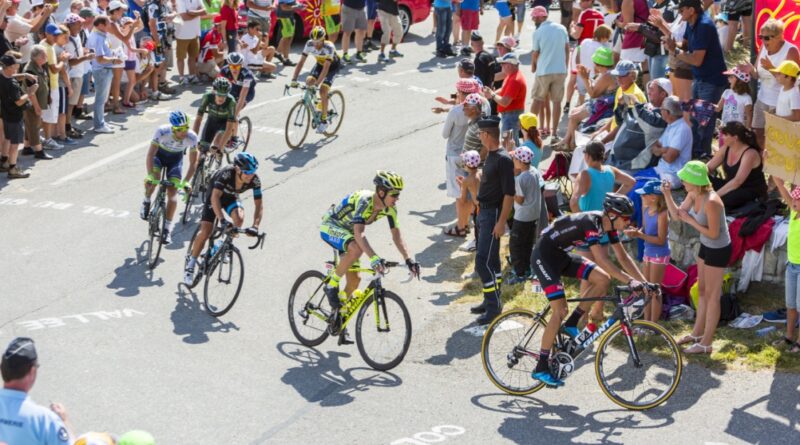The 15 Most Iconic Mountain Climbs in Tour de France History
Every summer, the Tour de France delivers unforgettable drama in the high mountains of Europe. For over a century, the race has been shaped by its legendary climbs—those brutal ascents where heroes are born, yellow jerseys are lost, and history is written in sweat and suffering.
From the barren summit of Mont Ventoux to the roaring switchbacks of Alpe d’Huez, these mythical mountains have become more than just roadways—they are sacred battlegrounds of the sport. As we prepare for the 2025 edition of the Tour, we look back at the 15 most iconic climbs that have defined cycling’s greatest race.
15. Cauterets-Cambasque
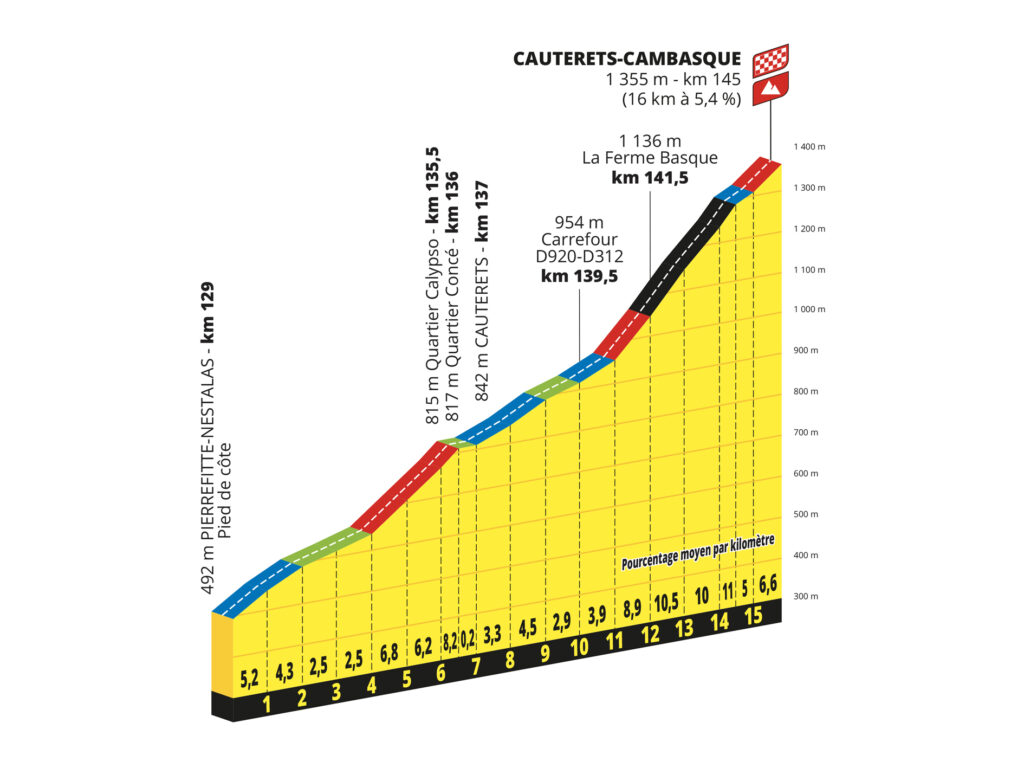
Located in the Pyrenees, this climb returned to prominence in the 2023 Tour with a dramatic stage win by Jonas Vingegaard. Though not as historic as others, its scenic route and growing significance make it one of the Tour's rising icons. It’s often a stage that shapes early GC battles.
14. Col de la Colombière

A mainstay in Alpine stages, the Colombière is known for its narrow roads and steep final kilometers. While not always the decisive climb, it serves as a perfect launchpad for attacks or to wear down the peloton. Riders fear its sting, especially after a long day in the mountains.
Read also: All-Time World Cup Qualifiers Goalscorers - Ranked
13. Plateau de Beille

Introduced in the 1990s, this Pyrenean summit has become synonymous with race-defining moments. It has hosted several Tour finishes, including big wins for Lance Armstrong and Alberto Contador. The steady gradients often deliver major GC time gaps.
12. Grand Colombier
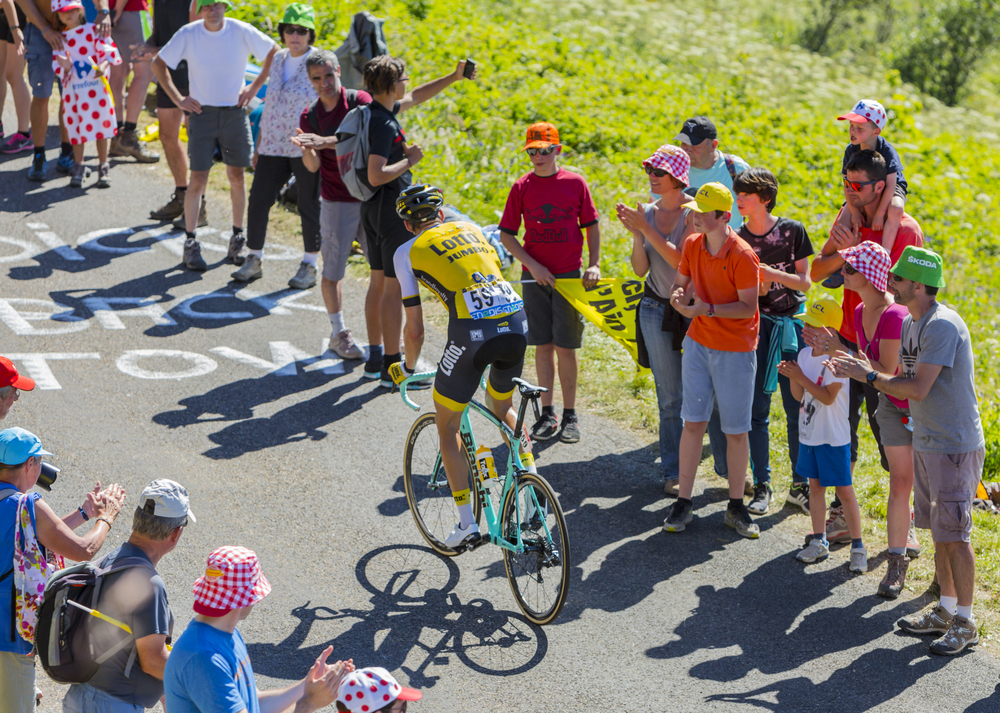
A brutal and scenic climb in the Jura Mountains, the Grand Colombier gained Tour fame in recent editions, including a summit finish in 2020. Its irregular gradients and panoramic views have quickly earned it legendary status. Riders face multiple approaches—each one unforgiving.
11. Col du Peyresourde
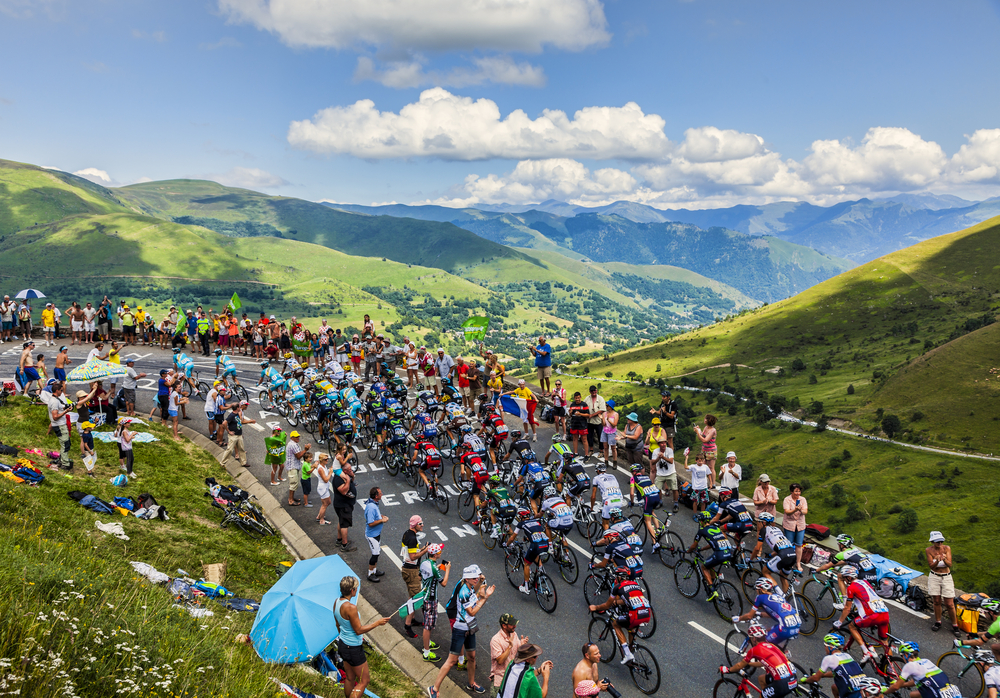
Used more than 60 times since its debut in 1910, this Pyrenean pass is a Tour classic. While rarely a stage finish, it frequently sets the tone for explosive attacks or key splits in the GC group. Its rhythm suits strong climbers who love sustained effort.
10. Luz Ardiden
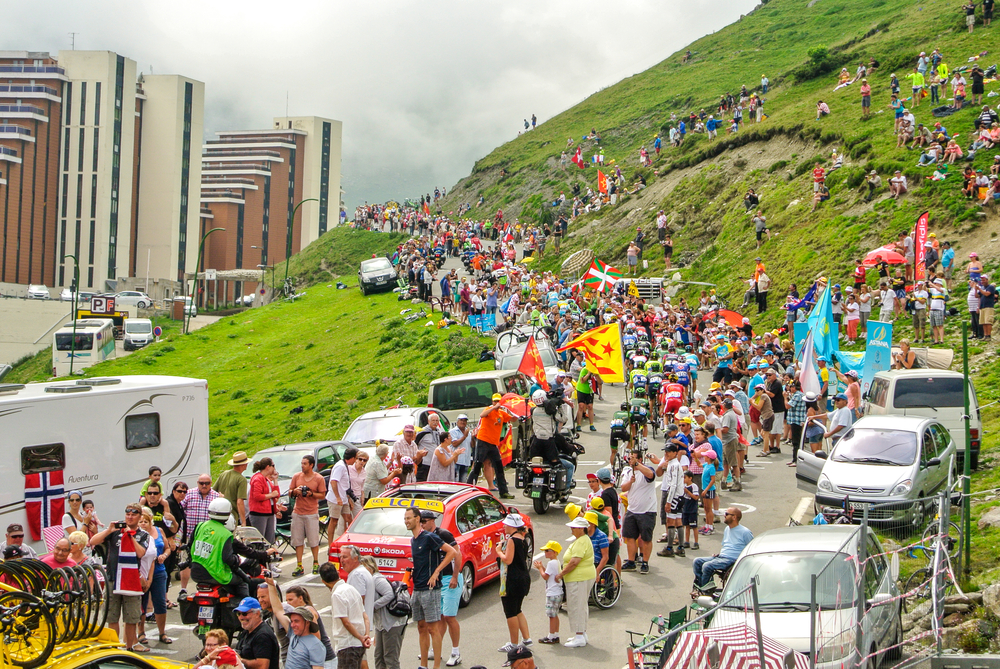
Another Pyrenean icon, Luz Ardiden is etched in Tour folklore, especially after Lance Armstrong’s crash and comeback win here in 2003. The climb is both steep and dramatic, often serving as a proving ground for yellow jersey contenders.
Read also: Ranking The 15 Greatest Right-Backs of All Time
9. Puy de Dôme
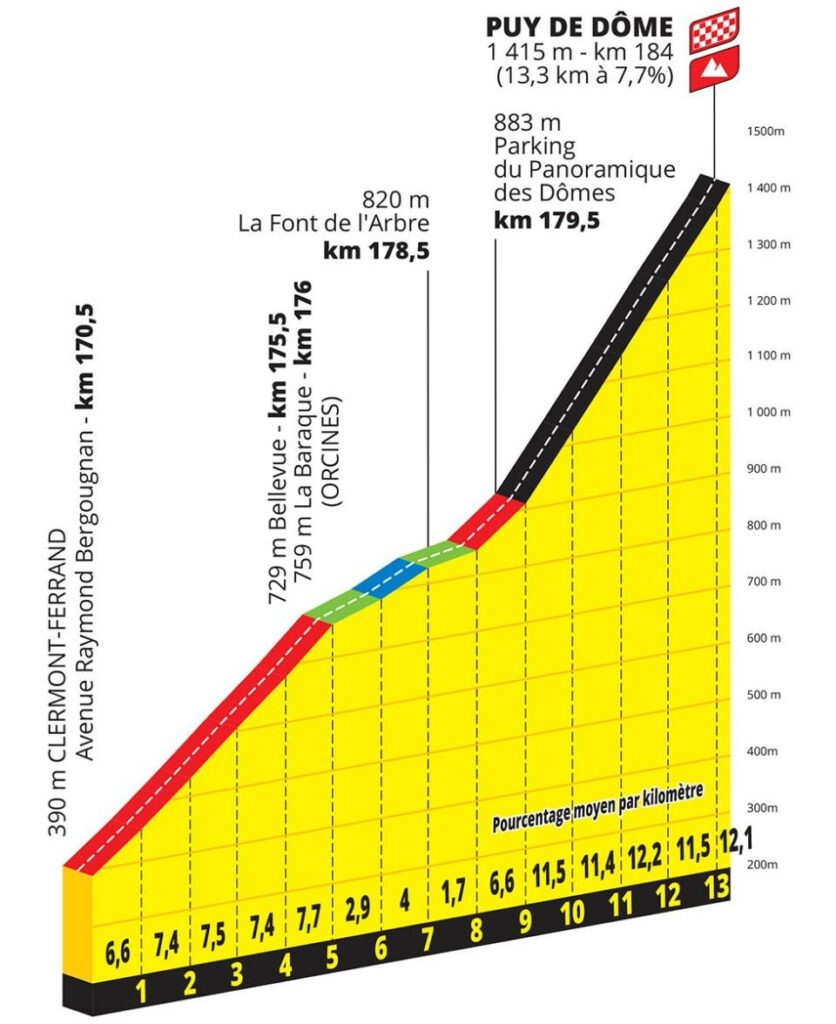
A dormant volcano in central France, the Puy de Dôme returned to the Tour in 2023 after a 35-year absence. It’s best known for the dramatic shoulder-to-shoulder duel between Anquetil and Poulidor in 1964. Its narrow, winding road creates a gladiatorial arena.
8. La Plagne
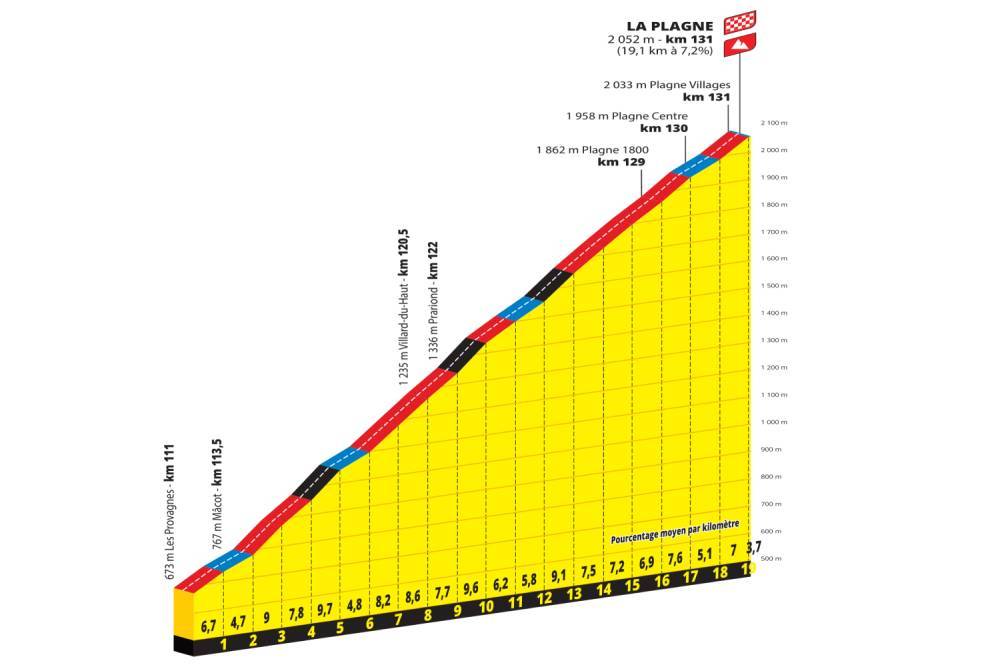
Famous for the emotional collapse and recovery of Stephen Roche in 1987, La Plagne is a beast of a climb. It offers long, grueling gradients and a high-altitude finish that leaves riders gasping for air. It remains one of the Tour’s most punishing finales.
7. Col d’Izoard

Recognized for its eerie, moonlike landscape in the “Casse Déserte” section, the Izoard has long been part of Tour de France lore. It’s a place where legends like Fausto Coppi and Louison Bobet attacked with fury. The climb demands both strength and courage.
6. Col de la Madeleine

As scenic as it is brutal, the Madeleine often appears as a key part of Alpine stages. It’s typically used to soften up the field before decisive climbs like the Galibier or Alpe d’Huez. Its sweeping views and steep slopes make it a fan favorite.
Read also: Vuelta a España Winners (2008–2024) - Ranked
5. Col d’Aubisque
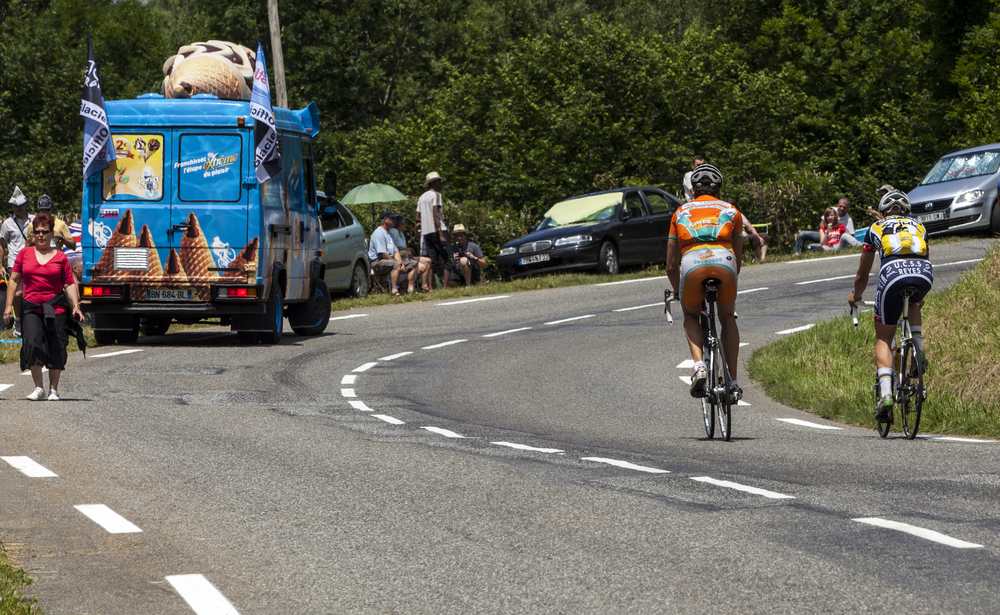
First included in 1910, the Aubisque has witnessed over a century of Tour history. It’s known for its narrow ledges and breathtaking Pyrenean panoramas. Whether used early or late in a stage, it’s a consistent source of drama and selection.
4. Col du Galibier
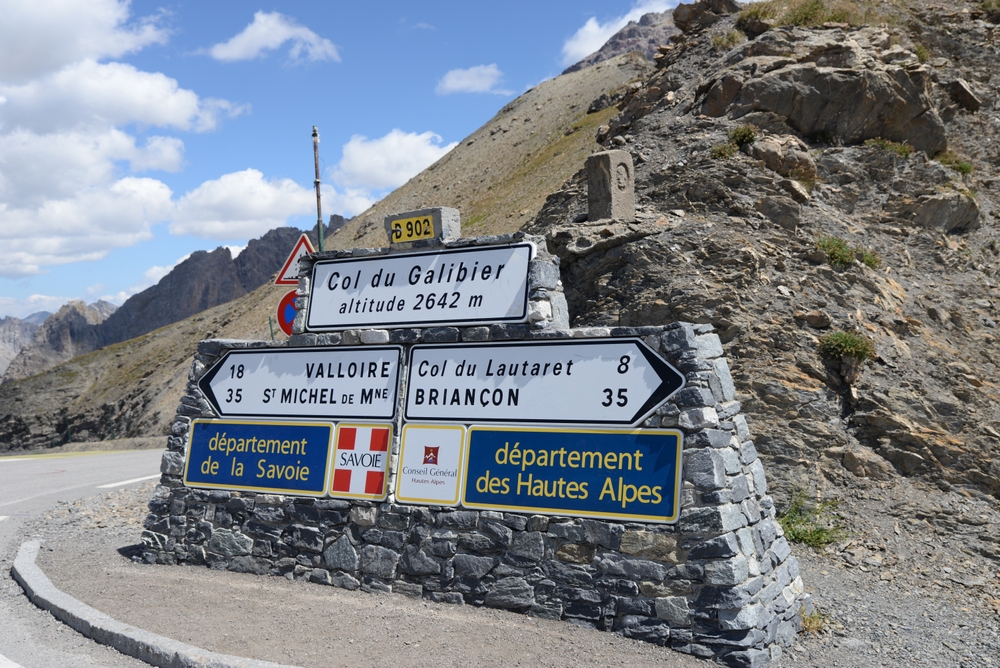
Towering at over 2,600 meters, the Galibier is among the Tour’s highest and most feared climbs. Often paired with Télégraphe or Madeleine, it delivers epic suffering and sweeping visuals. Riders who conquer the Galibier etch their names into Tour legend.
3. Col du Tourmalet
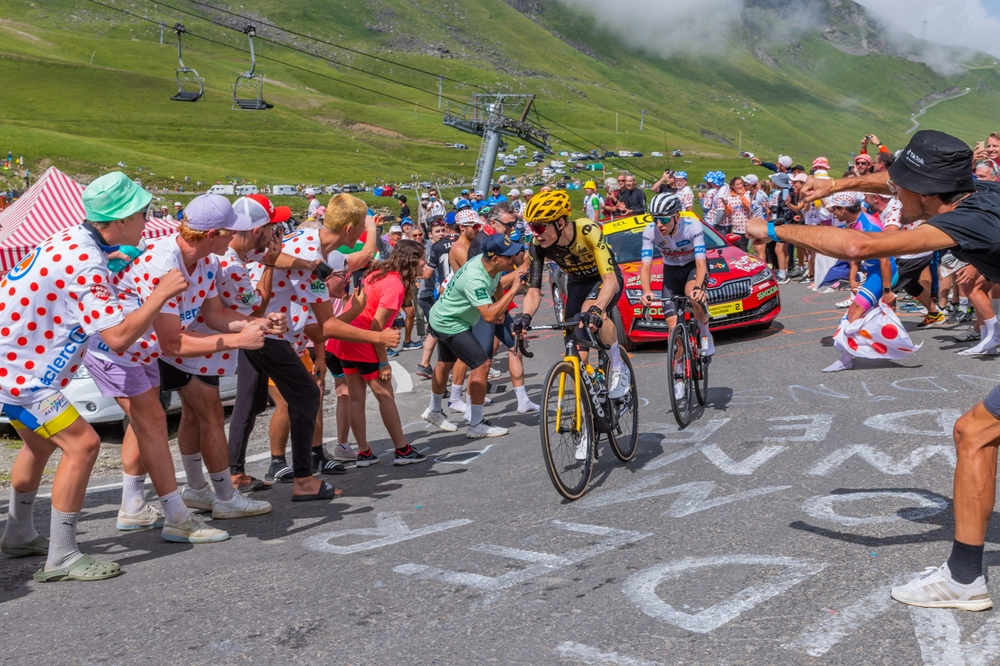
The most climbed mountain in Tour history, the Tourmalet debuted in 1910 and has featured in over 80 editions. It’s the soul of the Pyrenees—long, steady, and punishing. Every generation has faced its challenge, and few have tamed it.
2. Mont Ventoux
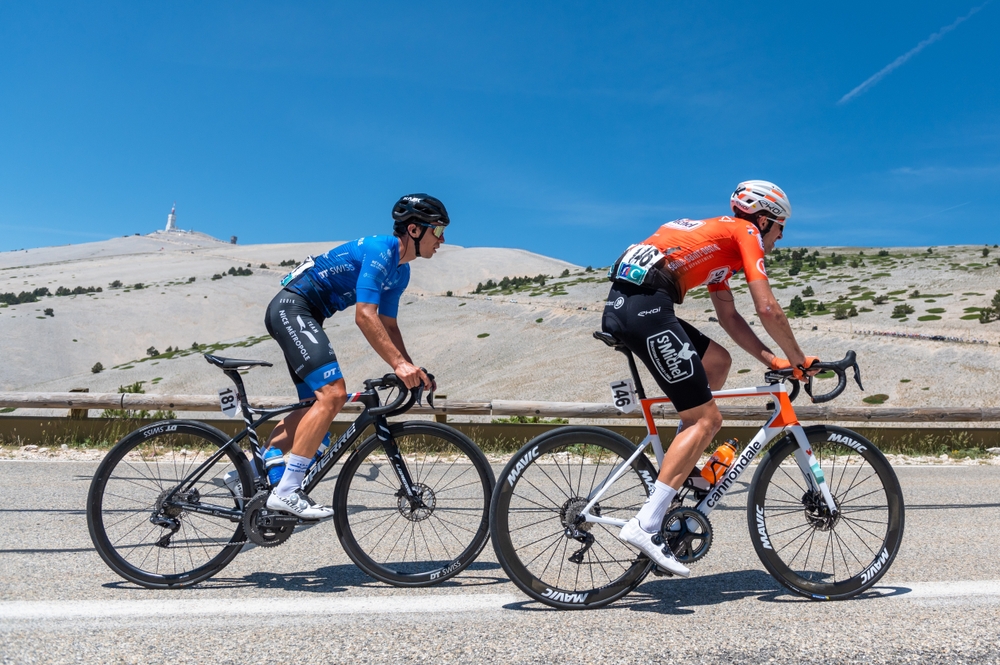
Nicknamed “The Giant of Provence,” Ventoux is infamous for its bald, lunar-like summit and ferocious winds. It’s the site of both triumph and tragedy, most notably the death of Tom Simpson in 1967. When the Tour visits Ventoux, chaos usually follows.
Read also: The Top 50 NFL Wide Receivers of 2025: Ranked from 50 to 1
1. Alpe d’Huez
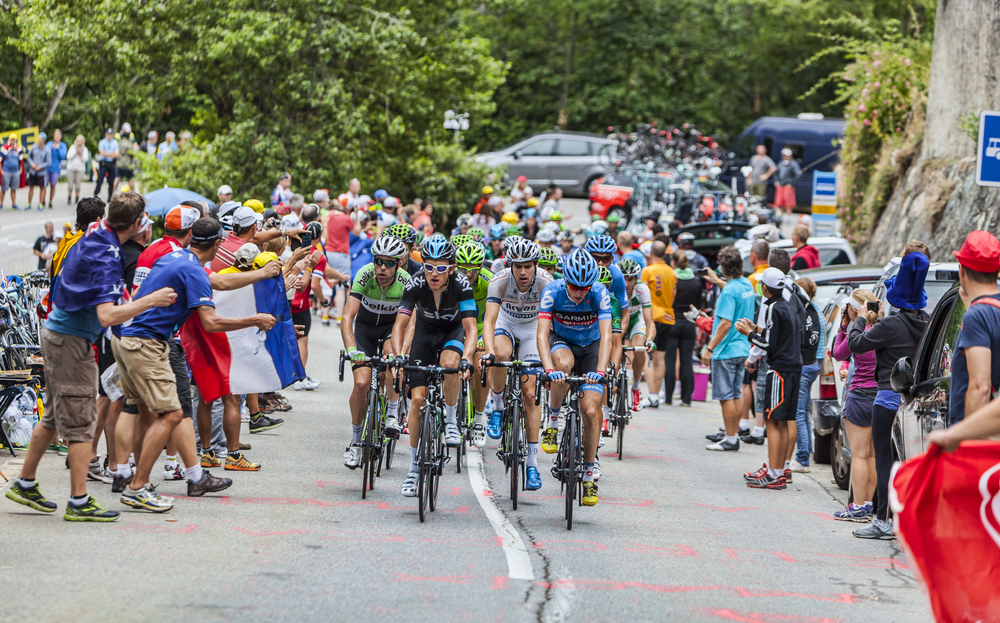
No climb captures the essence of the Tour like Alpe d’Huez. With 21 switchbacks lined with roaring fans, it’s a theater of cycling drama. Since Fausto Coppi’s legendary win in 1952, it has hosted unforgettable duels and cemented its status as cycling’s most iconic mountain.
Read also: Top 10 NBA Centers Right Now (2025 Edition) — Ranked in Reverse Order

